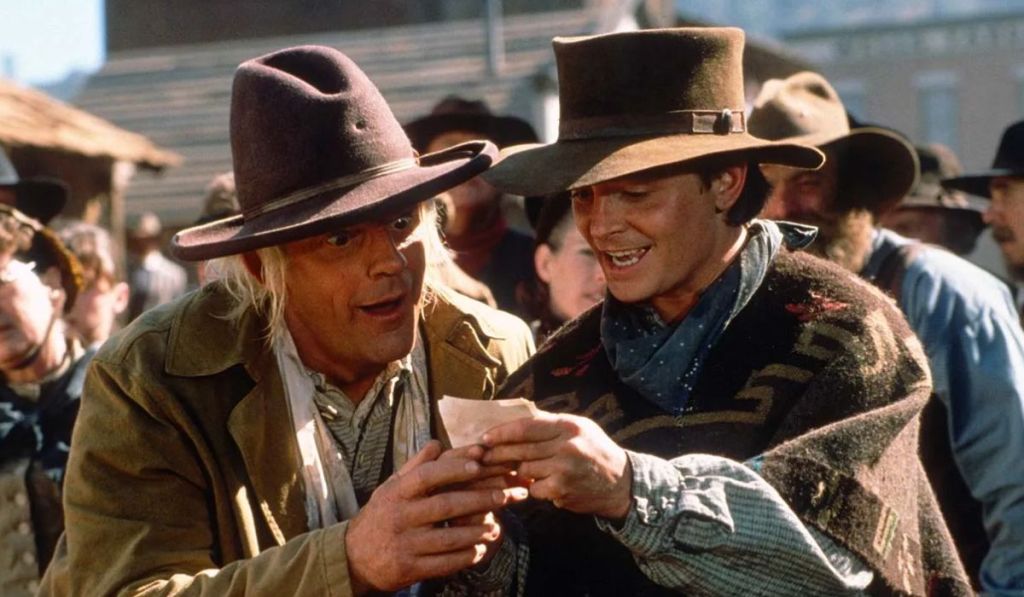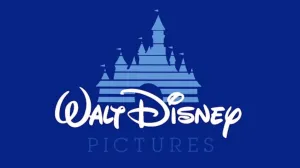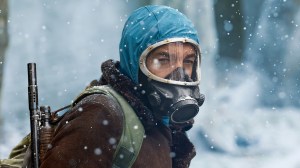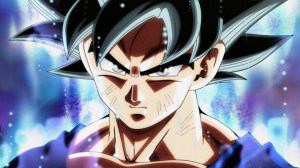A sci-fi classic with three films that have marked the history of cinema, Back to the Future has built a legacy that’s lasted for generations. From a Broadway musical to video games and spinoff ideas to expand the universe even more, the franchise still lives strong in people’s imaginations – and especially in Universal’s parks (or, at least, it used to). For a long time, some of the greatest movies ever made came to life in themed attractions, becoming visitor favorites and leaving memories that stick with people to this day. Back to the Future was no exception: the trilogy led to a simulator where guests could hop into the iconic DeLorean and travel through time. The coolest part? The ride was actually considered an official continuation of the story.
Videos by ComicBook.com
Ever since Back to the Future Part III premiered in 1990, there’s been tons of talk about whether a new sequel would ever happen. Even when the first movie came out, there were doubts about whether Robert Zemeckis and Bob Gale would actually turn it all into a big saga. That was never really the plan, but the movie’s success in theaters changed everything. But a Back to the Future Part IV in the modern era? Even Michael J. Fox, who played Marty McFly, has talked about the topic (especially when it comes to a reboot). The director and writer, though, made it clear that a new movie wasn’t on the table – though turning the musical into a film someday might be a cool idea.

At the end of Back to the Future Part III, the DeLoreon is destroyed by a train after Marty returns to 1985, and it kind of seems like the end of time travel – but it’s not. In a surprise twist, Doc Brown and Clara show up at the end of the movie with a brand-new time machine, this time in the form of a flying locomotive. So how does the story from the Universal park simulator pick up from there?
The plot in Back to the Future: The Ride suggests that Doc traveled to the present using his new machine (landing specifically in 1991, when the ride launched). He then created the Institute of Future Technology – kind of like a museum and science center – to teach about time travel with new DeLoreans. In the video shown during the attraction, Doc explains everything to visitors, right after Biff invades the Institute. He steals one of the DeLoreans and starts jumping through time causing all sorts of trouble. The whole point of the simulator is for you, guided remotely by Doc, to chase after Biff through different eras: Future Hill Valley, the Ice Age, and the Cretaceous period.
[RELATED: 7 Back to the Future Facts Every Fan Should Know]
Even though it’s not a real movie, this short 10-minute story is official, written and produced by the same folks behind Back to the Future. The ride itself lasted four and a half minutes and cost around $40 million to make. In a promo video for the experience, even producer Steven Spielberg said, “it’s almost like Back to the Future Part IV.” And to tie it all together, in the extras on the trilogy Blu-ray set, Doc appears talking directly to the audience. In one of those clips, he talks about the Institute and the dangers of time travel.
Back to the Future: The Ride used a huge dome-shaped OMNIMAX screen, while a whole train of eight-passenger DeLoreans gave people the full simulation experience. But originally, the plan was way more ambitious. According to Peter N. Alexander, who used to be VP and executive producer at Universal Studios, the idea was for something like what The Amazing Adventures of Spider-Man turned out to be – a combo of 3D cinema with fast sections and even a roller coaster finale. But that would’ve cost about $50 million, which was too much.
The ride was meant to go head-to-head with Disney’s Star Tours. Spielberg wanted something even bigger than George Lucas’s Star Wars attraction, which cost $75 million. During an interview with Cracked, Alexander recalled a conversation he had about the situation with Barry Upson, his boss at the time. “‘If Spielberg wants it to be better than Star Tours, this is what it’s going to be.’ Barry was adamant, though. He told me, ‘We’re never going to build anything like this. You have to cut it down or change your ideas’.” So they did indeed tweak the ideas to keep the magic of driving the DeLorean but made it more budget-friendly, fitting around 100 people into a dome instead.
“I called up Greg MacGillivray, who was a big IMAX guy, and he told me about this thing called OMNIMAX, which was a big domed screen. He said, ‘I don’t use that format very often. It’s hard to shoot because it wraps around you.’ I said, ‘Well, that’s exactly what I want. You think you could shoot something like that, and we could superimpose special effects into it and make it look like you’re in the future or in the past? Because this is Back to the Future, and it has to be like that.’ He said, ‘I can certainly try’,” he shared.
The result was a unique experience that totally paid off, becoming one of the top attractions in the Universal parks where it ran – Orlando, Hollywood, and Osaka. The original plan was to update the ride every five to seven years, keeping things fresh and relevant. But that didn’t happen, and sadly the ride was eventually discontinued – just like other classics such as Jaws, King Kong, Ghostbusters, and Twister.
Still, to this day, Back to the Future: The Ride remains one of the most memorable attractions among fans. Even though a fourth film never moved beyond the planning stage, it’s reassuring to know that audiences were presented with what can easily be considered a “non-theatrical” sequel – fully endorsed by Spielberg, Zemeckis, and Gale – and genuinely intended as a continuation. So yes, it’s canon.
The video for Back to the Future: The Ride is available on the trilogy’s Blu-ray box set.








